coronavirus covid19 Smart Learning
Smart Learning in times of Coronavirus emergency … and beyond

Federico Frattini, MIP Graduate School of Business Dean
The current emergency due to Coronavirus has forced schools and universities in Italy (but it is likely that the same will happen soon in other countries) to shift to online learning to ensure continuity to their educational programs. Some institutions are better prepared to this shift due to previous experiences in the field, others are experimenting with these new approaches to teaching in this moment of emergency. However, there is a strong and generalized effort made in this direction in Italy, which testifies to the maturity of online learning and to its practical applicability.
The biggest challenge in this shift is to recognize that online learning is not just a matter of using a digital platform to teach the same class that would have been otherwise taught in a physical setting. In fact, online learning requires a deep restructuring of the teaching approach and the use of different digital tools to satisfy different educational needs. In particular, it is necessary to acknowledge that in a traditional, face-to-face class, the teacher mixes up three different learning tools. First, there is the need to transfer to each student concepts, tools and notions (what we can call knowledge) pertaining to a particular discipline. Secondly, professors need to encourage students to apply this knowledge to solve practical cases, thereby transforming knowledge into competence. Finally, students need to use competence socially, by engaging in discussion around the key take-aways of the class and bringing competence closer to their personal experience. Of course, these three components have varying levels of importance in different educational settings. In post-graduate programs, the application of knowledge and its socialization are of the otmost importance. While in schools transferring concepts, notions and tools takes the highest priority.
In an online setting, these three components of an effective class cannot be blended and mixed up by using a single digital tool. They have to be broken down and taught by using various properly designed methods. Knowledge is better transferred by using asynchronous, self-paced digital materials, such as video clips recorded by the professor or selected from the huge landscape of educational material available on the web (for instance, the well-known MOOCs platform such as Coursera or EdX). The application of such knowledge to real cases and examples can be done through live, online sessions, using tools such as Microsoft Teams, Google Hangout, Cisco WebEx, Slack, Zoom or similar platforms. Finally, the socialization of the acquired competence can be supported by semi-synchronous social discussion tools, accurately moderated by the professors or tutors. It is only by carefully designing these three different components of an effective educational experience that schools and universities can successfully move their teaching online.
At MIP, the Graduate School of Business of Politecnico di Milano, we call this approach Smart Learning, and we have been using it since 2014 in our digital Masters and MBA programs. This is an area where we have obtained great results, with more that 550 students who have studied in one of our digital programs since 2014 and with our International Flex MBA which has been ranked among the top ten masters worldwide according to the recent online MBA ranking by the Financial Times.
The problem with Smart Learning is not technological. Digital tools that can be used to this aim are largely available at zero or very limited costs (interestingly, most of the biggest players mentioned above offer licenses for their platforms for free in this situation of emergency). It is also not a matter of internet connection. Most of the online learning platforms available on the market also work perfectly on mobile devices, with a standard 4G connection. The key issue is organizational. Designing an effective online program requires expertise and knowledge in fields such as instructional design or online discussion moderation, and the willingness and ability to train professors to use this new approach.
My hope is that the Coronavirus emergency will leave behind a greater familiarity with – and a better understanding of the value of – Smart Learning, which is a flexible and inclusive approach to teaching, with huge potential applications beyond a situation of emergency like the one we are all currently experiencing.





